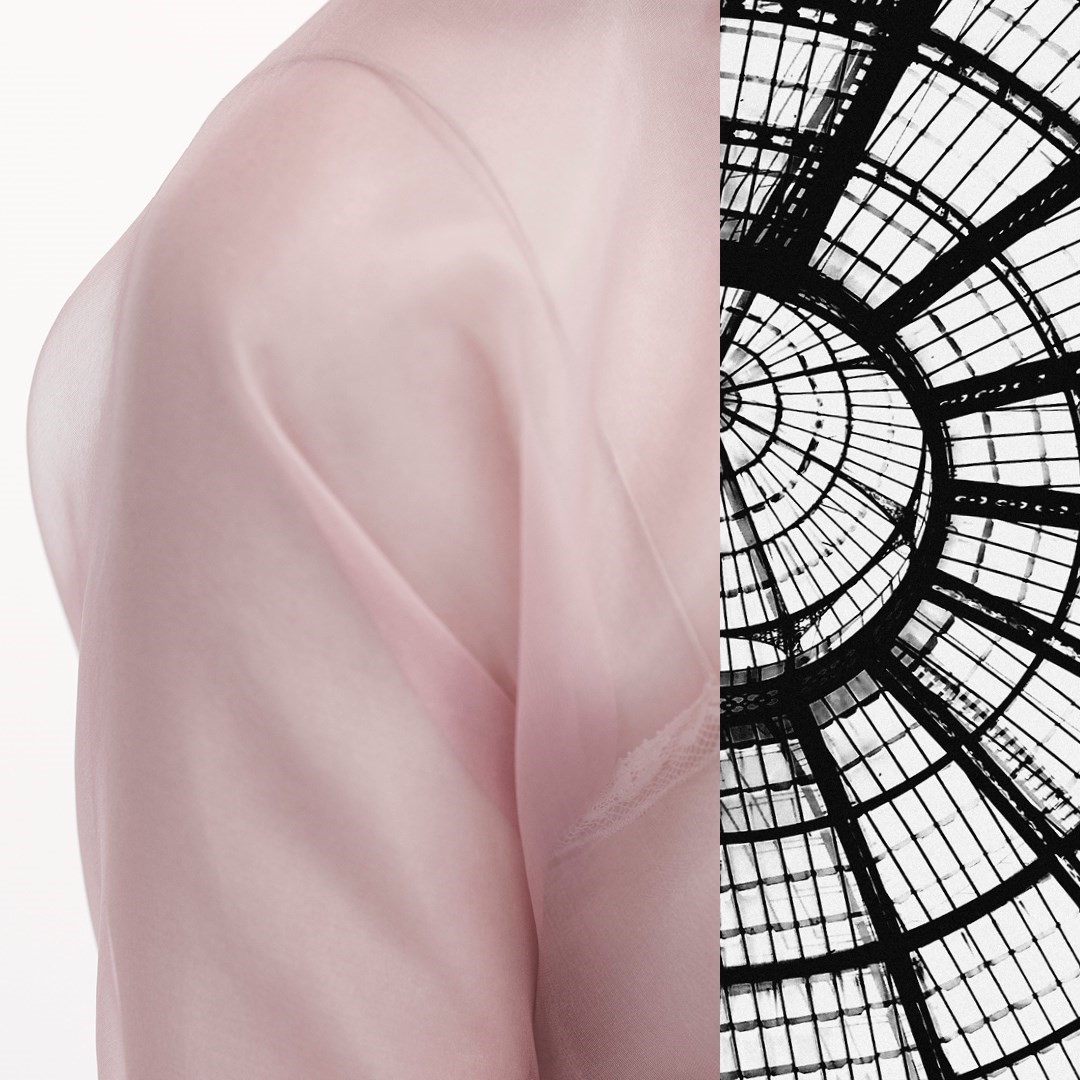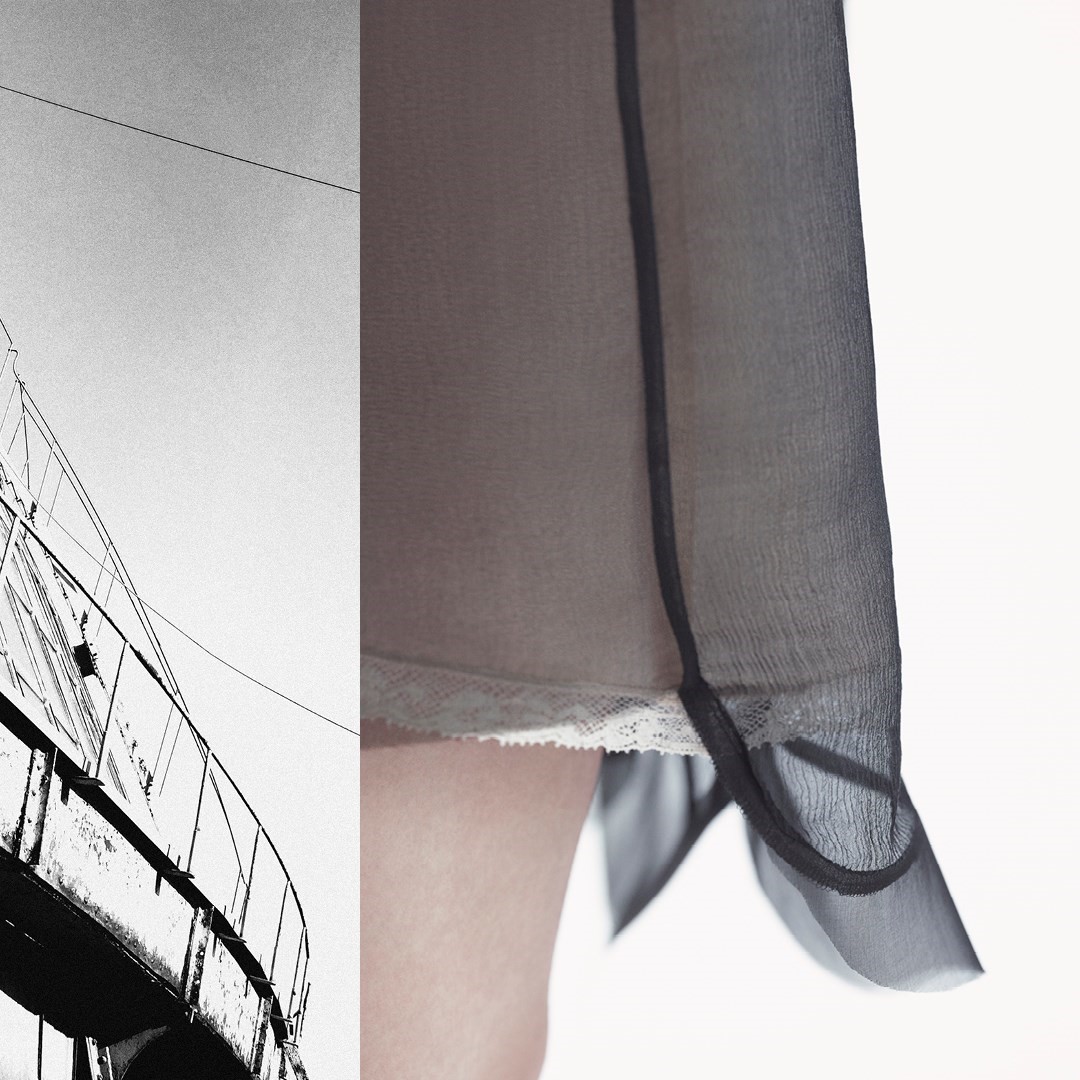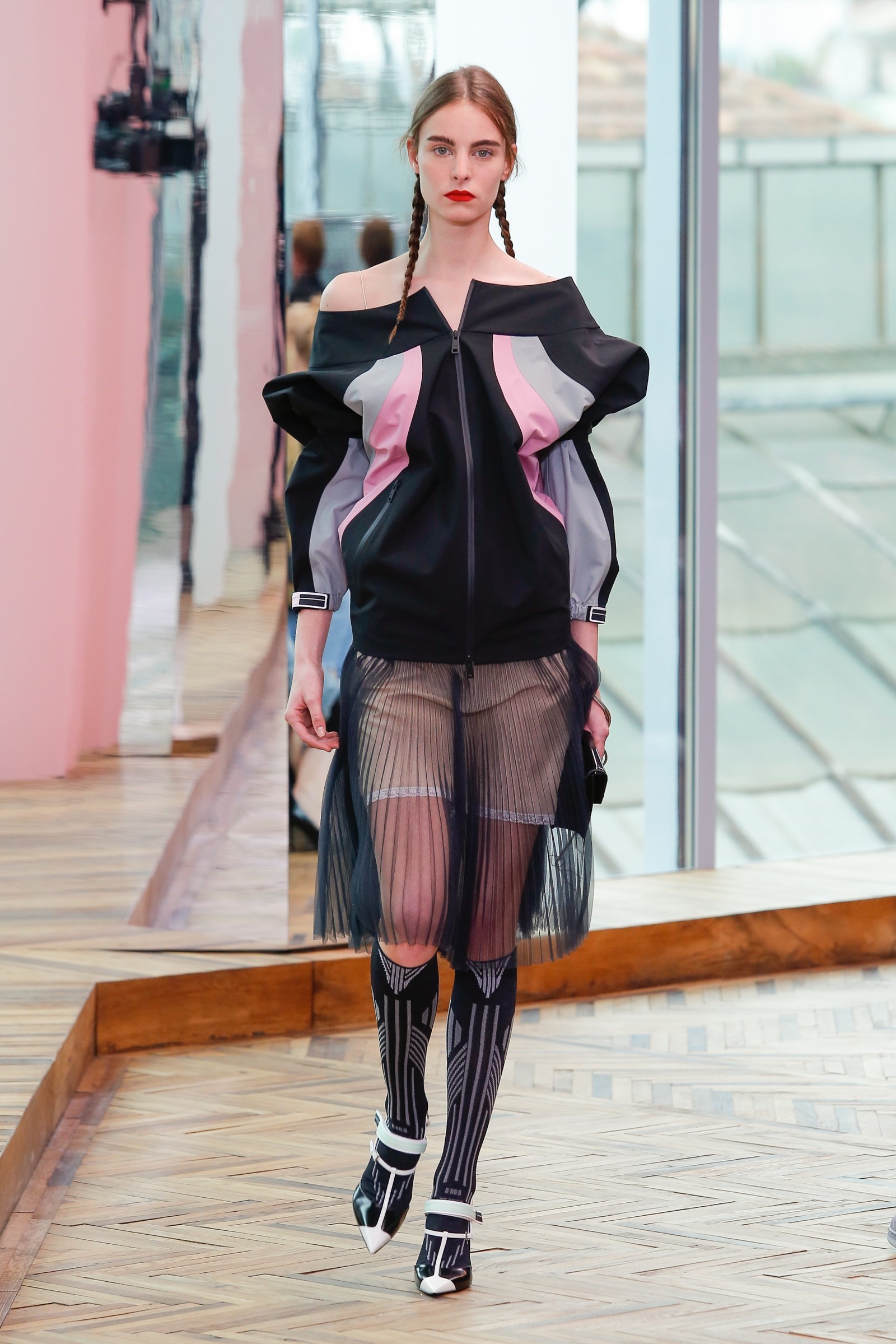Modernism. That was Miuccia Prada’s stated inspiration for her latest show, one she grudgingly labelled Resort. “I never wanted to write ‘Cruise’ – I don’t like the word,” she stated, frowning. “For me, a show is a show.” Meaning that regardless of the outside perception of importance, the ranking system that places Resort – or Cruise, or simply pre-collections as a whole – in some subdivision below the traditional, long-held axes of Autumn/Winter and Spring/Summer, for Miuccia Prada every show counts. Every show is a chance to make a statement, an observation of the times in which we live.
Is that why Mrs Prada staged her latest show in the Osservatorio, a glass-walled exhibition space devoted to photography atop the Galleria Vittorio Emanuele II, the 19th-century Milanese shopping mall that is counted amongst the oldest in the world? The space is a splinter of the Fondazione Prada, Miuccia Prada and Patrizio Bertelli’s institution dedicated to contemporary art and culture, which is normally kept strictly separate to the company’s fashion aspirations – if not ideologically, then at least physically. To be straightforward about it, Prada has never staged a fashion show in their Fondazione, as you may well expect them to. And when they use the venue to host dinners, it is tied to art openings, the guests a melange of different cultural works. The role of the Fondazione, Miuccia Prada once told me, is to demonstrate that “art is part of your life”.


That feels like a utopian ideal very much in line with Modernist tenets – Modernism as a philosophical ideal, rather than just an aesthetic one. The utopian aspect comes from the simple idea that new is good, that the old should be re-thought and re-tooled for a new era. That happened after the Russian revolution and the Great War, the ravages of war leading thought towards a better future, constructed via emerging means of manufacture. Looking forward was more attractive than looking back. Even then, fashion was an essential, achievable component: Modernist architectural edifices took years, but Gabrielle Chanel created a utopian, Modernist uniform for women in the 1920s, with her use of jersey, a textile previously used for ‘industrial’ workwear rather than high fashion. What Chanel did to clothes mirrors what Le Corbusier and Marcel Breuer did to architecture and furniture design, focusing on lightness, weightlessness, and a purity of line.
“I wanted to do a Modernist show” – Miuccia Prada
Was Miuccia Prada bold enough to imagine these clothes building a utopian future for women? Probably not. Then again, when she stated backstage, “I wanted to do a Modernist show,” she didn’t restrict that philosophy just to looks. Modernism, after all, isn’t just modernity – the idea of stuff that looks new, or perhaps the kind of stripped-down, techy clothes that first pushed Prada to prominence in the 90s. Today there’s a historical aspect to Modernism – it requires knowledge. Here, it evoked that moment at the turn of the last century, when everything was looking forward and there was a sense of a world on the cusp of revolutions, of various types. That’s why Prada’s clothes had echoes of the past – fondant belle époque colours, crystal embellishments and feathers, heels criss-crossed with patent straps like the grand ironwork of the mall’s industrial cupola, and lots of filmy fabrications. The latter reflects the twin Modernist goals of weightlessness and transparency evoked through glass buildings and tubular steel furnishings, here through chiffon and organza.


“I wanted to work on contemporary,” Mrs Prada said, backstage after the show. “Which means somehow sport. How to create an elegance through sports, and vice versa.” The body took centre stage – which, really, was how Modernism was reflected in dress way back when, as women cast off the shackles of corsets and padding and revealed, for the first time since the late 18th century’s Greco-Roman gowns, the true shape of the body underneath. The 1920s couturier Madeleine Vionnet stated that she wished to clothe a body, not construct a dress; Chanel said that a woman is closest to being naked when she is well-dressed. Again, Modernist: light, unstructured, a machine for living, just like a Le Corbusier building. The looks that fascinated me were the transparent ones – Miuccia Prada said she was fascinated with transparency too, which here manifested itself as layers of plissé chiffon layered over stretch jerseys, contoured to follow the body like mid-century compression garments (fun fact: later that day, Miuccia Prada confessed she’d wanted the whole show to be made out of stretch nude cotton jersey, like old-fashioned girdles. “Horrible,” she said, grinning).
“I wanted to work on contemporary, which means somehow sport” – Miuccia Prada
Speaking of past echoes leads us back to Prada – there were plenty of backwards glances in this show. Maybe Miuccia Prada is establishing herself as the Modernist designer-definer of late 20th and early 21st-century fashion? Or maybe she thought these ideas just looked good – there is always instinct at work alongside the intellectual when it comes to her clothing. Plus the Osservatorio is positioned six floors above the world’s first Prada store, opened in 1913 and still in operation today. So for Resort – or pre-Spring, or whatever you want to call it – the traditional glass-fronted mahogany cases will be filled with echoes of Prada’s past: the sheen of black nylon bombers like early 90s relics; Art Nouveau-inspired James Jean prints that seem like updates of a collection from a decade ago; even a redux of the endlessly imitated ostrich feather trims from Prada’s most recent Spring/Summer 2017 offering. Is there anything lighter and more weightless than feathers?


If Modernism was focused on building a utopia, perhaps Miuccia Prada is too. There’s a utopian ideal to her idea of the transformative power of an exposure to art and culture, that education improves existence, that it should be a necessary part of life. It’s something she builds into her clothes, something the Fondazione represents. After all, the Fondazione isn’t pushed into an art ghetto, like Venice (many of the show’s attendees were travelling straight there the next day) but in the city of Milan, Prada’s home and an unconventional base for a major world player in the art world.
Later in the evening, at an event staged at the Fondazione to hurrah the opening of an exhibition by Francesco Vezzoli, I got to talking to Miuccia Prada about the state of the world, and the state of fashion – the idea of ‘dumbing down’ to appeal to the masses, the overt political and social contempt for that viewed as ‘elite’, and for the simple act of trying to make something better of your life. That’s the foundation of Modernism. And Prada’s clothes are elite – not in terms of cost, but in terms of intellect. Really, what we were observing at the Prada Osservatorio wasn’t just a collection of clothes, but a new facet in a Pradasphere, in a utopian vision for a cultured life today. Even those pastel colours have a reflection in the Pradasphere, they’re the colour of the cakes glowing in the windows of the Pasticceria Marchesi. Not only to be observed, but to be devoured, digested, and thoroughly enjoyed. Just like Prada’s utopia.
